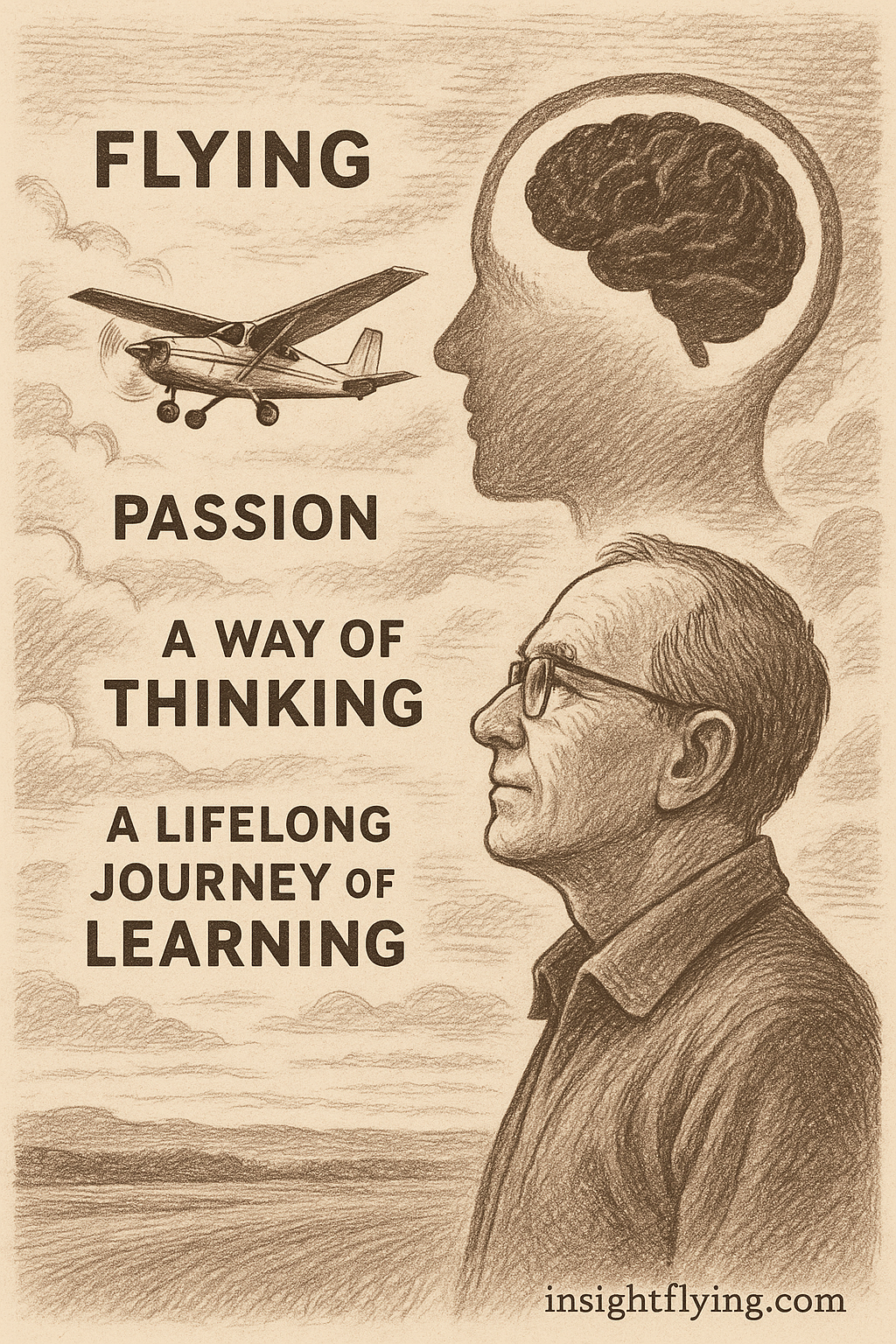(Insight จากห้องนักบิน โดย Capt. Sopon)
ในช่วง 20-30 ปีที่ผ่านมา การบินพาณิชย์พัฒนาก้าวกระโดด เทคโนโลยีมากมายถูกออกแบบมาเพื่อทำให้ การบินง่ายขึ้น ปลอดภัยขึ้น และประหยัดขึ้น จนหลายคนอาจเผลอคิดว่า “ใคร ๆ ก็บินได้”
เทคโนโลยีที่ทำให้การบินง่ายขึ้น
- GPS และระบบดาวเทียม ที่ทำให้การนำทางแม่นยำ
- ILS, RNAV, GBAS, WAAS ที่ช่วยให้การลงจอดแม่นยำแม้ในสภาพอากาศย่ำแย่
- ระบบสื่อสารและควบคุมสมัยใหม่ เช่น CPDLC, ADS-B ที่ทำให้การติดต่อกับหอบังคับการบินสะดวกขึ้น
- Autoflight และ FMS ที่ช่วยควบคุมและจัดการการบินแทนนักบินในหลายขั้นตอน
- วัสดุและเครื่องยนต์รุ่นใหม่ ที่มีประสิทธิภาพสูงและใช้เชื้อเพลิงน้อยลง
วันนี้ เรามีแม้กระทั่ง อากาศยานไร้คนขับ (Drone) ที่สามารถบินได้โดยไม่ต้องมีนักบินนั่งอยู่บนเครื่อง ยักษ์ใหญ่อย่าง Amazon เริ่มใช้ Drone ขนส่งสินค้า และในอนาคตอาจมี eVTOL หรือ Air Taxi บินรับส่งผู้โดยสารในเมืองใหญ่
แต่…การบินไม่ใช่เกมคอนโซล
แม้เทคโนโลยีจะล้ำหน้าแค่ไหน การบินก็ไม่เหมือนกับการขับรถหรือรถไฟที่สามารถจอดข้างทางได้ หากเกิดเหตุขัดข้อง นักบินคือคนที่ต้องแก้ไขสถานการณ์วินาทีชีวิต
กรณีที่นักบินหมดสติ หรือเครื่องยนต์ขัดข้องระหว่างวิ่งขึ้น นักบินที่เหลือต้องตัดสินใจภายในไม่กี่วินาทีว่าจะ “หยุดหรือบินต่อ” และการตัดสินใจครั้งนั้นคือเส้นแบ่งระหว่างความปลอดภัยกับหายนะ
ทำไมยังต้องมีนักบินสองคน
ในสถานการณ์ปกติ ระบบอัตโนมัติช่วยให้ใคร ๆ ก็บินได้ แต่ในสถานการณ์ไม่ปกติ — เช่น ระบบขัดข้องหลายจุดพร้อมกัน — ไม่มีอะไรแทนที่ การตัดสินใจและทักษะของนักบิน ได้
นี่คือเหตุผลที่การบินพาณิชย์ยังต้องมี นักบินสองคนในห้องนักบิน เพื่อสนับสนุนกันและกัน และเพื่อความปลอดภัยของผู้โดยสารทุกคน
บทสรุป
ใช่ครับ… “ใคร ๆ ก็บินได้” ถ้าระบบทุกอย่างสมบูรณ์และทำงานตามที่ออกแบบไว้
แต่เหตุผลที่นักบินยังถูกจ้างงานอยู่จนถึงทุกวันนี้ ก็เพราะว่า เราถูกจ้างมาเพื่อรับมือกับสิ่งที่ระบบอัตโนมัติทำไม่ได้ — แก้ไขนาทีชีวิตให้ทุกคนเดินทางถึงที่หมายอย่างปลอดภัย
Can Anyone Really Fly?
(Insights from the Cockpit by Capt. Sopon)
Over the past two to three decades, aviation has advanced at an extraordinary pace. New technologies have been designed to make flying easier, safer, and more fuel-efficient. With so much automation in the cockpit, many people might be tempted to think: “Can anyone fly a plane?”
The Technology That Makes Flying Easier
- GPS and satellite navigation: precise positioning for aircraft worldwide.
- ILS, RNAV, GBAS, WAAS: systems that enable accurate landings even in poor weather.
- Modern communication and surveillance: CPDLC, ADS-B, datalink systems for seamless contact with air traffic control.
- Autoflight and FMS: advanced automation that manages flight paths and aircraft systems.
- Next-generation engines and materials: lighter, more durable, and fuel-efficient.
Today, we even see unmanned aircraft (drones) flying without pilots onboard. Companies like Amazon are experimenting with drones for package delivery, while new concepts such as eVTOLs and Air Taxis aim to carry passengers across cities in the near future.
But Flying Is Not a Video Game
No matter how advanced the technology, aviation is not like driving a car or taking a train where you can simply stop when something goes wrong. In the sky, pilots are the ones who must act within seconds to keep everyone safe.
Imagine an engine failure during takeoff. The pilot has just a couple of seconds to decide whether to abort the takeoff or continue flying. That split-second decision can determine the difference between safety and disaster.
Why We Still Need Two Pilots
In normal situations, automation can make flying look easy. But in abnormal or emergency conditions—when multiple systems fail at once—no automation can replace human judgment, teamwork, and decision-making.
That’s why commercial airlines still require two pilots in the cockpit: to back each other up, to cross-check, and to ensure the safety of hundreds of passengers.
The Takeaway
Yes, it’s true: “Anyone can fly”—if every system is working perfectly.
But the real reason pilots are still here is because we are trained and paid to manage what automation cannot: handling life-or-death moments, making the right call under pressure, and bringing everyone safely to their destination.
หนังสือการบิน ทางลัดสู่ความเข้าใจที่นำไปใช้งานจริง

|
|

|
|

|
|

|
|

|
|
ขายดีที่สุด

|
|
